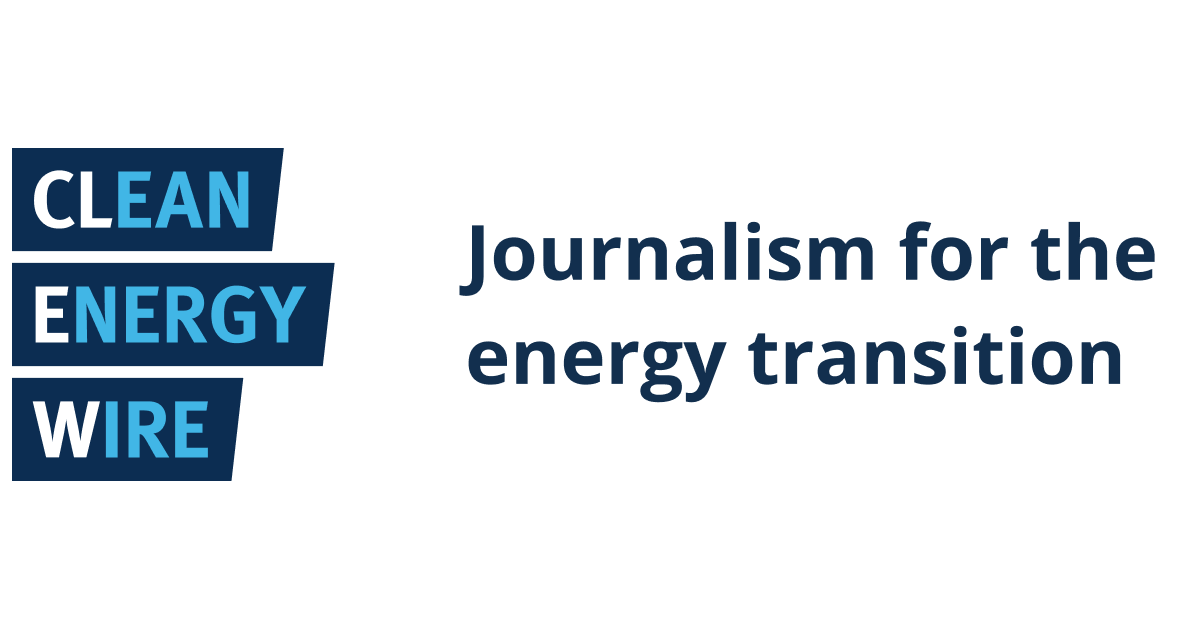Innovative Iron-to-Hydrogen Approach for Green Electricity Generation in Germany
Key Ideas
- Norwegian consultancy DNV suggests Germany consider using direct reduced iron to produce hydrogen for backup power plants, offering a cost-effective and safe alternative.
- The 'Iron-to-Hydrogen' approach involves producing direct reduced iron in countries with abundant renewables and converting it to hydrogen for electricity generation in Germany.
- While energy efficiency is lower compared to domestic hydrogen production or ammonia import, the Iron-to-Hydrogen method is deemed potentially the lowest cost option.
- The report highlights the importance of green hydrogen in decarbonising industries like heavy industry and aviation, despite challenges related to costs and technology constraints.
A report by Norwegian consultancy DNV, commissioned by the Climate Neutrality Foundation, suggests an innovative approach for Germany's green electricity generation using direct reduced iron (DRI) to produce hydrogen. Referred to as 'Iron-to-Hydrogen,' this method aims to source green hydrogen for backup power plants in Germany. The report emphasizes the cost-effectiveness and safety of this unconventional hydrogen supply route. Unlike traditional comparisons with pipeline imports, the report focuses on domestic production, iron-to-hydrogen conversion, and import through ammonia as a carrier. The process involves producing DRI in countries with favourable renewable conditions, transporting it to Germany, and then converting it to hydrogen for electricity generation. Although the technology is still evolving, it has the potential to be the most cost-effective among the three value chains studied. However, the report notes lower energy efficiency compared to domestic production or ammonia import. Despite challenges, green hydrogen is seen as crucial for decarbonizing sectors with high emissions, such as heavy industry and aviation. The German government anticipates a need to largely import green hydrogen due to local constraints on renewable electricity production, making innovative solutions like Iron-to-Hydrogen worth considering.
